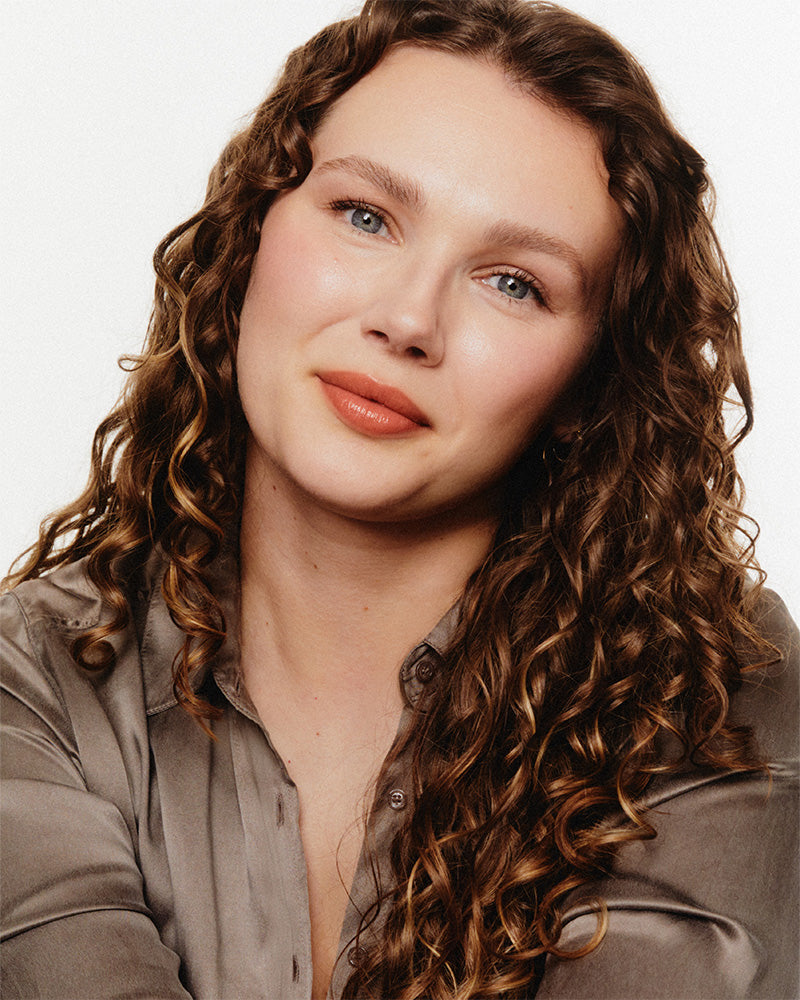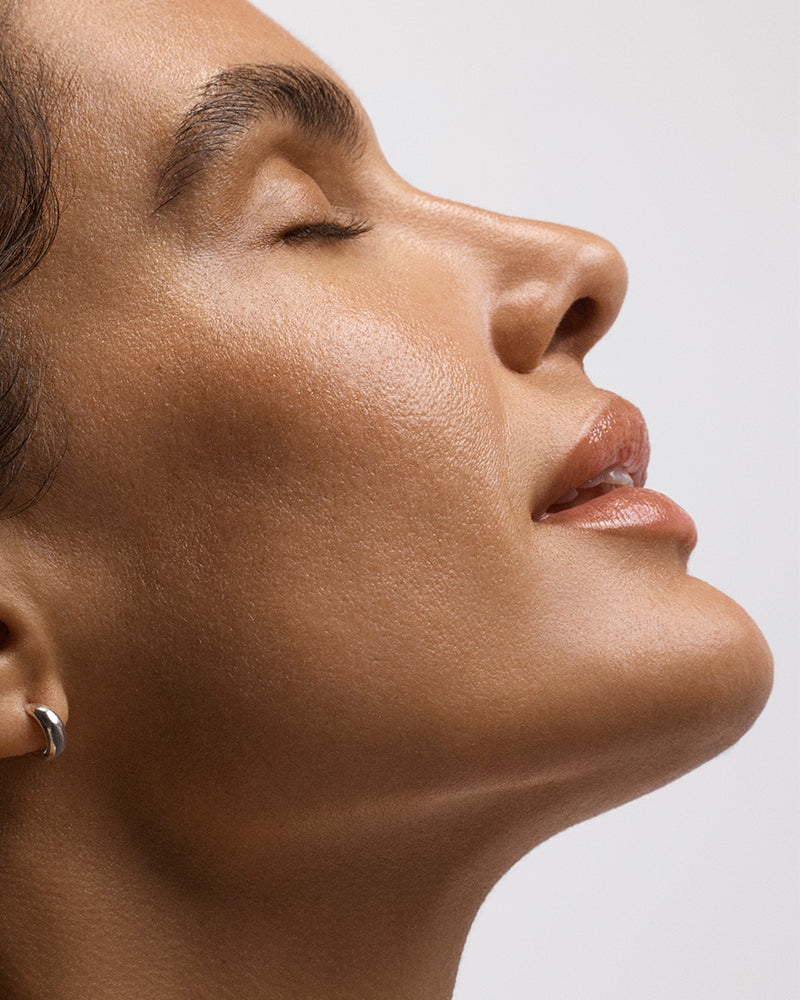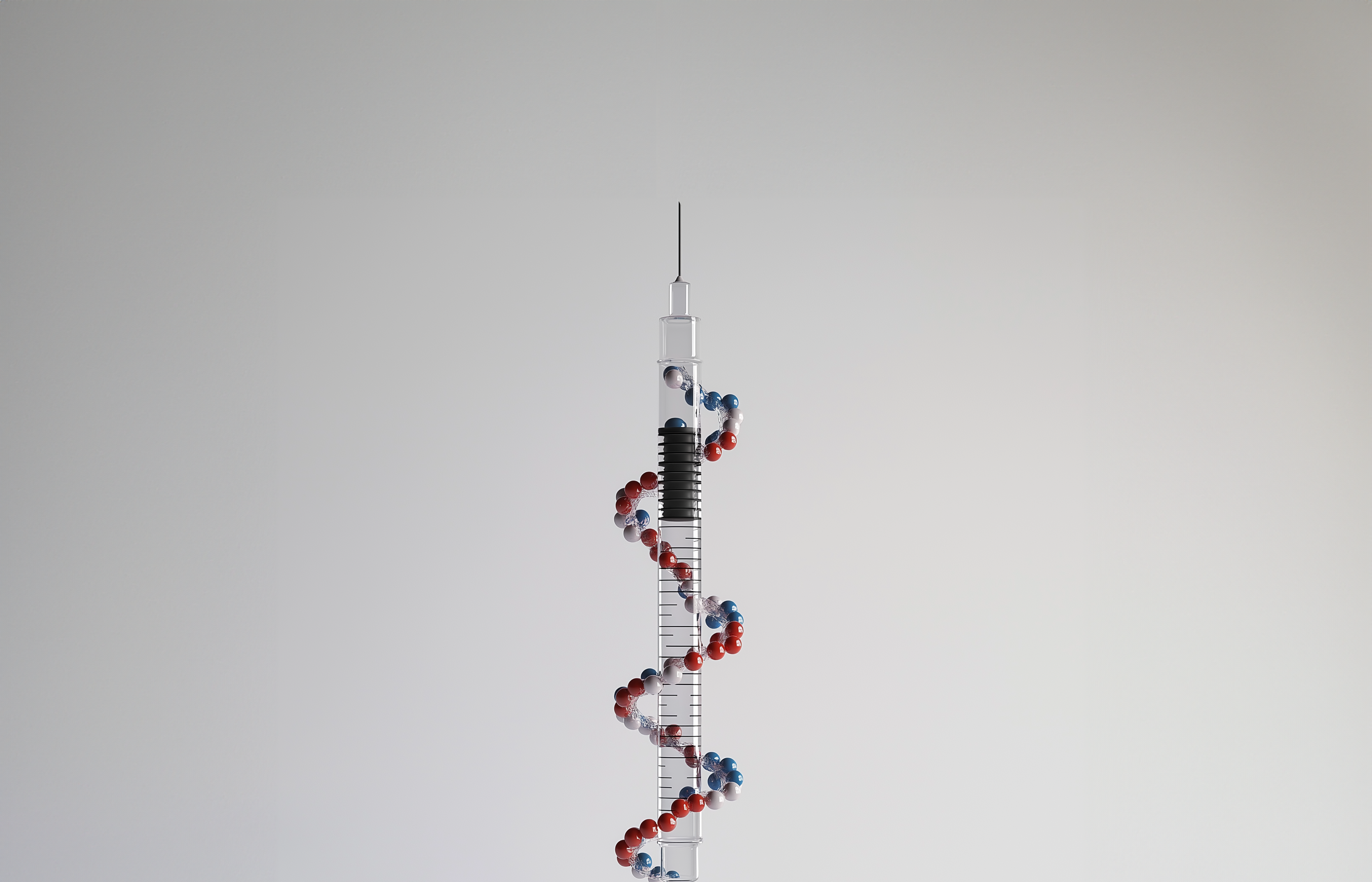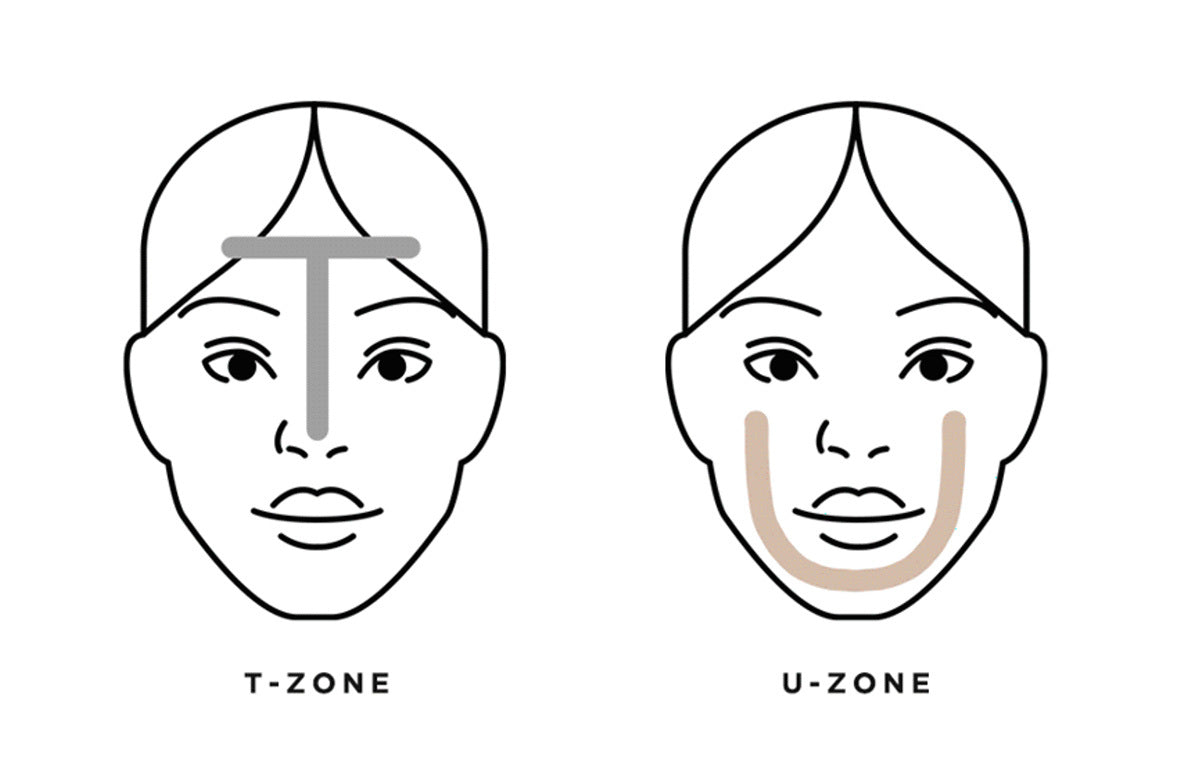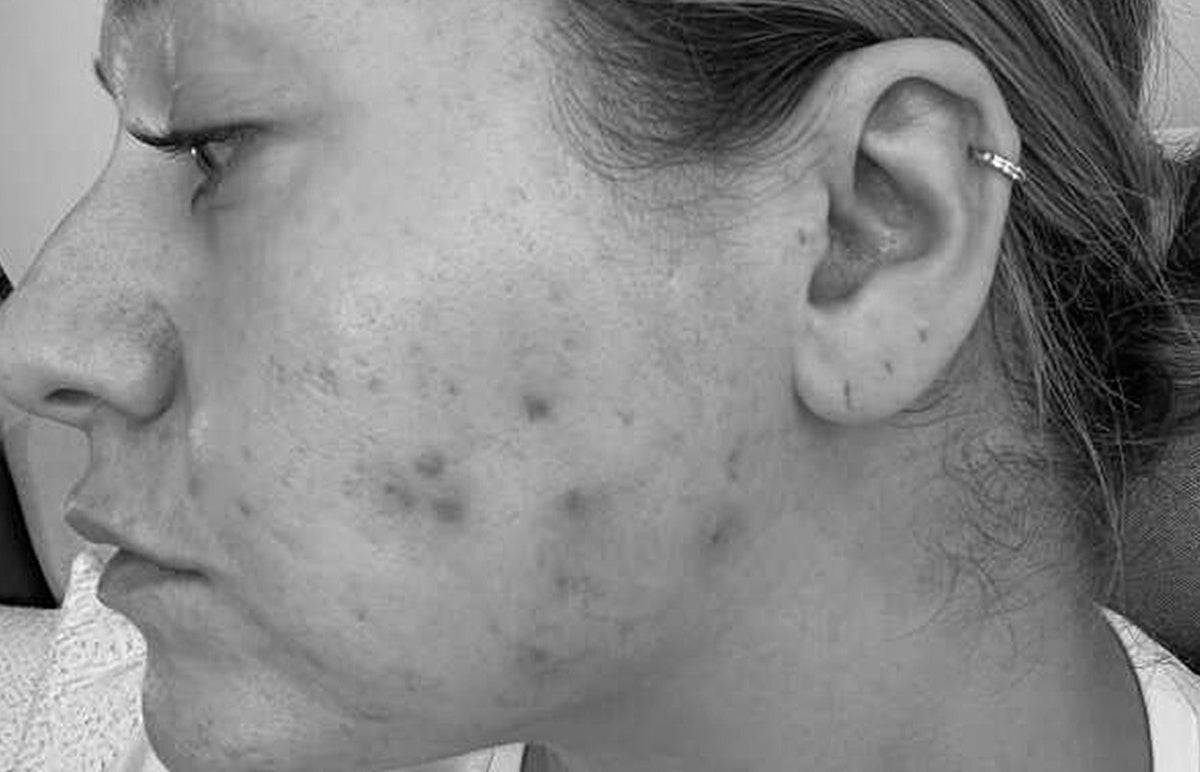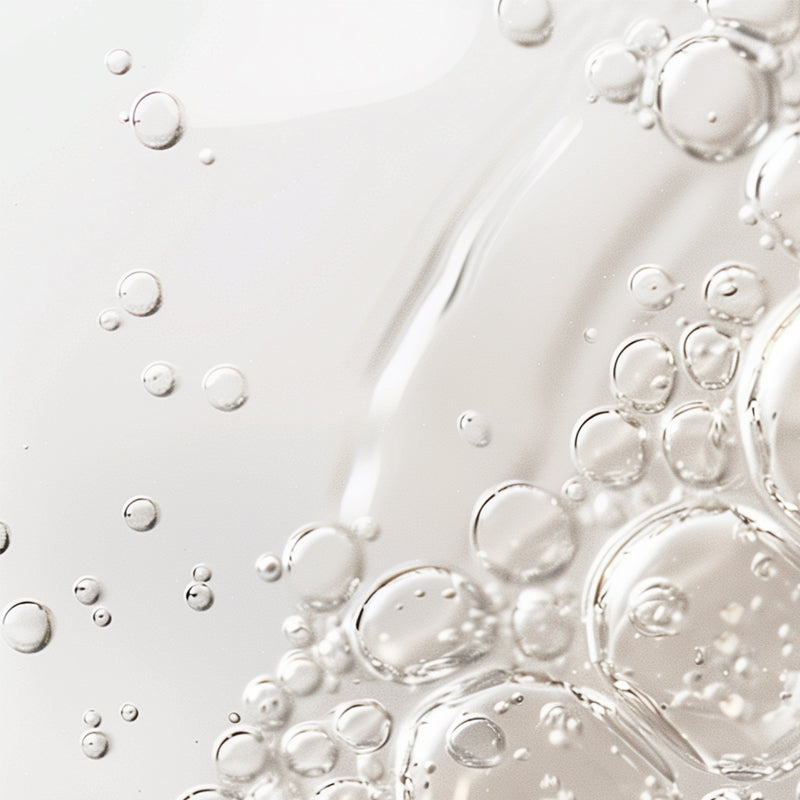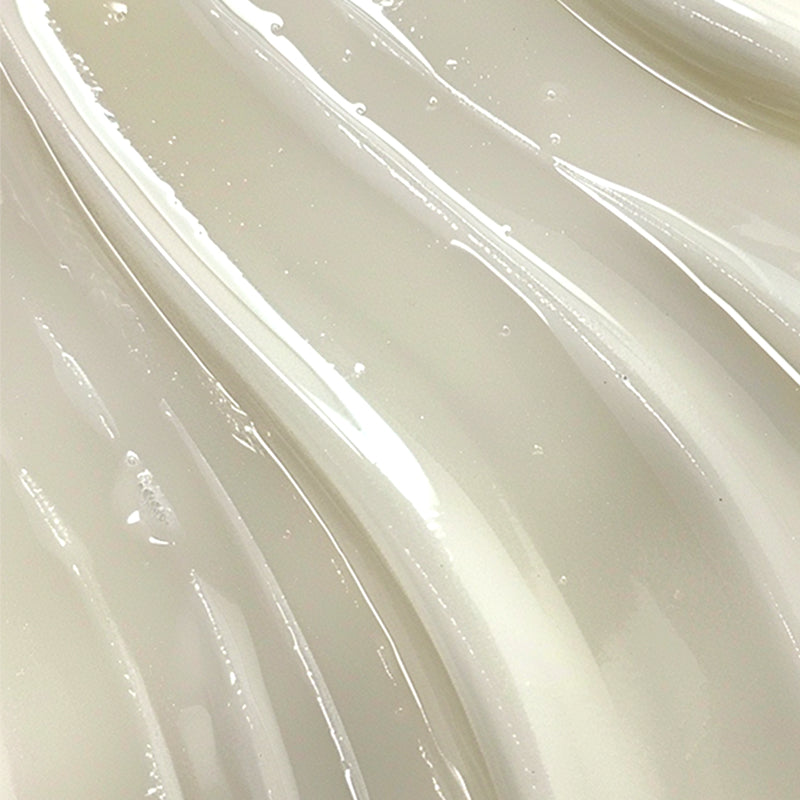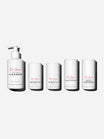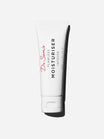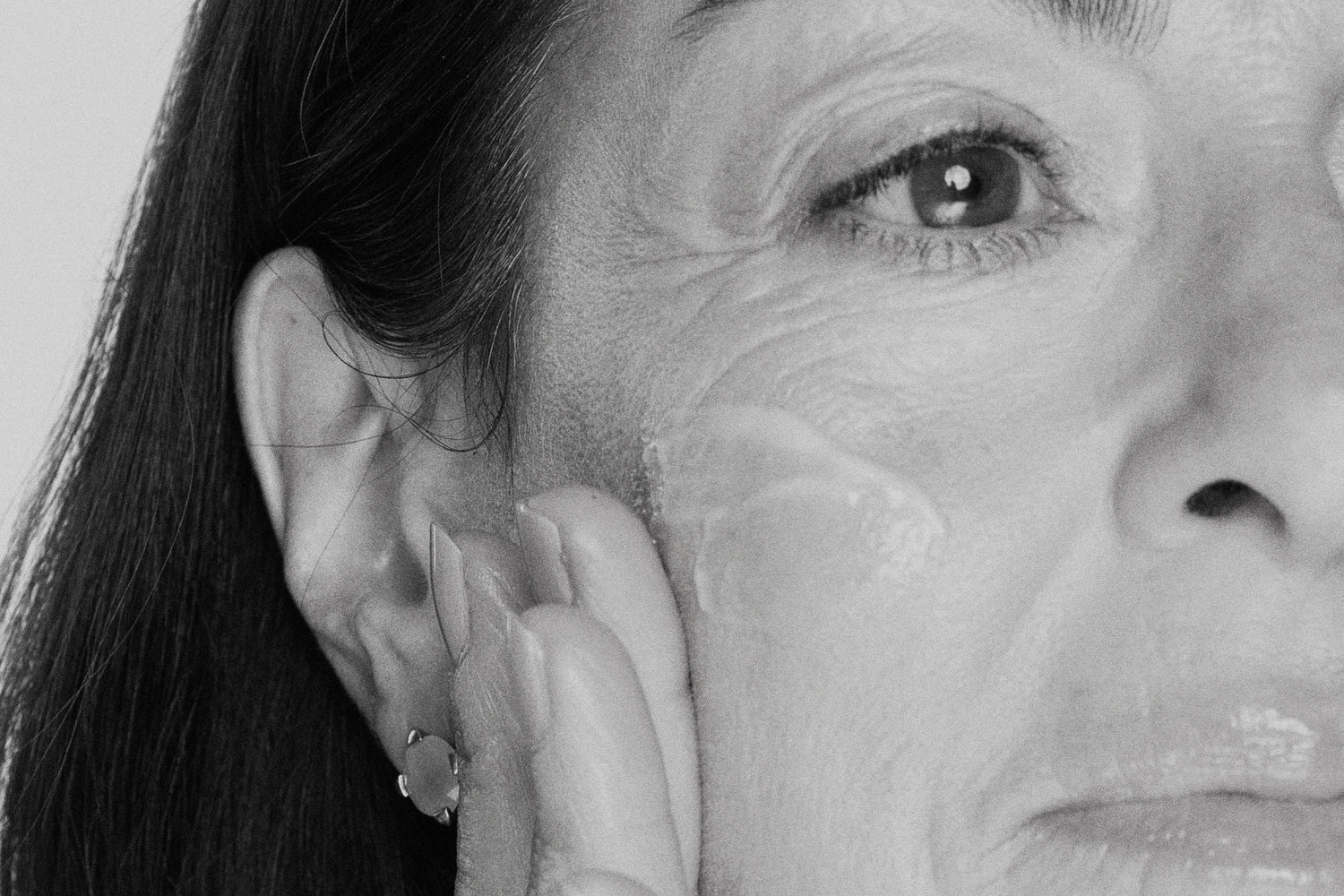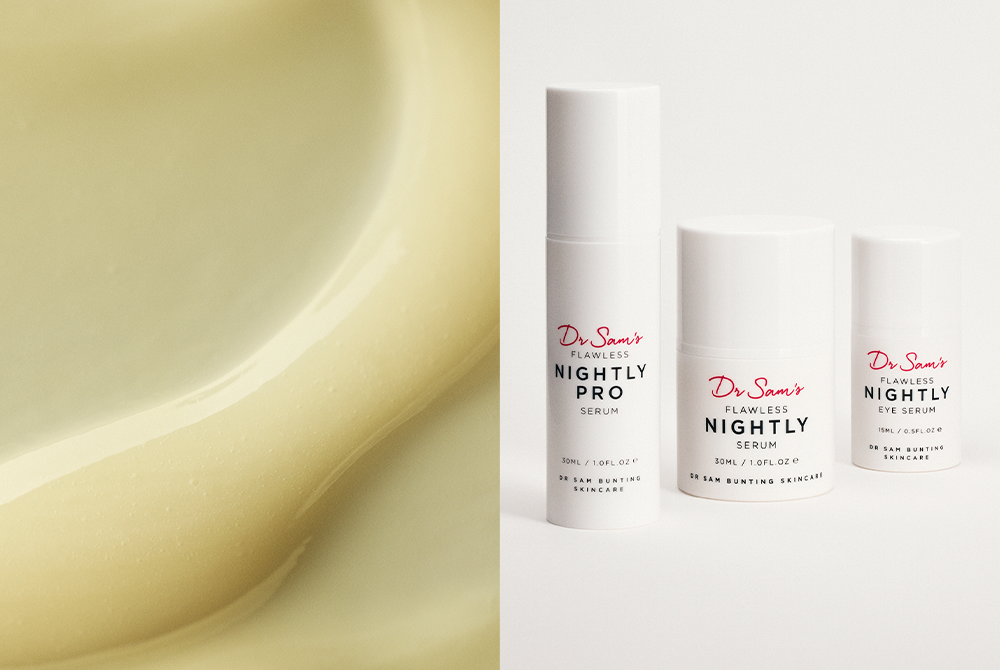Retinoids are revered in skincare. Terms like ‘Holy Grail’, ‘gamechanger’, ‘the magic bullet for acne and ageing’ are used with abandon… but managing their side effects is still the biggest skincare hurdle consumers face and the thing I get asked the most. So, let’s get into how to use a retinoid while avoiding the dreaded reactions we’ve all heard about. It is possible!
The difference between retinol and retinoid
To recap, the word retinoid refers to the family of molecules derived from Vitamin A. They range from the weakest strength, retinyl palmitate, to the highest strength, tazarotene.

Retinoids switch on receptors we have in the skin leading to increased cell turnover and collagen production. This process helps unclog pores and stimulate fibroblasts to reduce skin concerns such as acne, premature ageing and pigmentation. To sum up, they are useful to almost everyone, once you find the retinoid that is right for you.
How to use a retinoid
Your full guide to why, when, where and how to use a retinoid for results without the reaction.
When do I use my retinoid?
How to use a retinoid starts with when. As a rule, retinoids are best used at night - this is because daytime UV rays break most of them down. Our skin is really clever - during the day it winds our DNA away on proteins called histones to help protect it from damage from UV light. But at night, special genes that can discern when it's dark, called clock genes, tell our DNA to uncoil and get repaired - the perfect time for retinoids to act.
How much retinoid do I use?
I recommend using a product with a pump so the dose can be accurately measured and a consistent amount used on a day-to-day basis. Use a pea-sized amount as your guide. Don’t be tempted to use more, this is sufficient!
Which retinoid should I use?
Not all retinoids are created equal. Understanding the differences helps us choose the one that offers the most benefits for our skin.
Retinol is the most common form of retinoid. While it is proven to be effective, it is also the least stable and can be easily degraded by light and air.
Retinaldehyde requires just one oxidation before it can convert to all-trans retinoic acid (the form of vitamin A that can interact with specialised retinoid receptors). Like retinol, it can benefit from a process called encapsulation, which helps protect it from breaking down.
Retinyl palmitate struggles to make it past the skin barrier - you can do better!
Hydroxypinocolone retinoate (HPR) is already in its active form and can bind directly to retinoid receptors without the need for oxidation. This makes it less irritating and the best option for sensitive skin.
Granactive Retinoid is the new generation stable cosmetic ester of gold-standard retinoic acid.
To become a true retinoid pro, here’s every type of retinoid explained in full.
If you’re new to retinoids, I’d always recommend starting at the gentler end of the spectrum and building up to a stronger one over the course of months, especially if you’re doing this by yourself.
Start with Flawless Nightly Serum, which is great for beginners. Powered by 2% Granactive Retinoid (the gold standard of retinoic acid) to ensure maximum results and minimum irritation.
Once your skin has built up some tolerance to this active ingredient, you can slowly level-up to Flawless Nightly Pro Serum, which contains 5% Granactive Retinoid.
How do I apply a retinoid?
If you’re new to retinoid use, it’s a good idea to buffer, where you layer moisturiser all over the complexion first. This helps reduce sensitivity by creating a barrier between bare skin and your retinoid, and is a good idea for beginners. If you’ve been using retinoids for a while, your skin will have built up some tolerance, and you can apply the formula directly to your skin.
To caveat: even if I’m applying retinoids directly onto just-cleansed skin, I still use moisturiser strategically to protect the ‘vulnerable’ areas. These are the parts of the face where, if a retinoid were to accumulate, it would cause redness and irritation.
The danger zones are:
- Around the eye area
- In any creases - the nose, mouth lines etc.
- Lips
- Neck
Whether you’re a beginner or a pro, my tip is to always apply Moisturiser Goggles™ first around the eyes to protect the delicate skin there. Dot your moisturiser around the eye area to create a physical barrier to your retinoid migrating into territory you don’t mean it to. Do the same around the nose area and protect lips with lip balm.

Next, take your chosen retinoid and pump a pea-sized amount. Apply onto skin using the 13 Dot Technique™ for even coverage - use three dots on the forehead, three on each cheek, two on the nose and two on the chin. Massage firmly into skin to ensure full product penetration. I use my 3rd and 4th fingers to ensure a precise, effective massage.

What other products should I use with retinoids?
Your retinoid routine doesn’t have to be complicated. Keep it simple and consistent for long-term results and minimal sensitivity. Always start with clean skin. Opt for a non-foaming, fragrance-free, pH-balanced cleanser to avoid stripping moisture or disrupting the skin barrier. Flawless Cleanser ticks all the boxes.
I use a layer of moisturiser over the top of my retinoid - I call this my ‘moisturiser duvet’. A good quality moisturiser will help support the skin barrier, preventing issues like redness, dryness and flaking. Flawless Moisturiser Intense is deeply nourishing, and clinically proven to repair the skin barrier after first use, making it a brilliant support for retinoid users. Make sure your retinoid has fully absorbed, then massage moisturiser all over the face and neck to repair and protect the skin.
Avoid going back over the eyes to stop transferring retinoid where you don’t want it (if you’ve applied your Moisturiser Goggles™ you should be fine). Using an outward sweeping application style works best to avoid the eye area.
Don’t forget to apply SPF in the morning. Although your retinoid use should be at night-time, sunscreen is a day-time non-negotiable for skincare, and is the best thing you can do to prevent premature signs of ageing.
Should I use retinol every night?
Key fact: retinoid dryness doesn’t generally hit the next day. It usually happens 3-5 days afterwards. That’s why it’s important to go slow at the beginning, even if it seems your skin is fine the day after your first dose or two.
Start by applying a few times a week in the evenings, then every other day, then eventually every night once your skin feels like it is able to tolerate it. I recommend a check-in with your routine every two weeks to keep track. Literally, schedule it in your diary with yourself, like an appointment. Take selfies too. If all is going well, you can increase the frequency. Slowly build up to daily use, and I think it's important to play with the strength of retinoid until you find the one that’s comfy enough for everyday use.
What are the biggest retinoid mistakes?
When I talk to patients, there’s so much fear around using retinoids, particularly if it’s the first time. But trust me, master your retinoid technique and the results will redefine what you expect from skincare. Here are the top five mistakes to avoid when learning how to use a retinoid.
1. Using the wrong product for you
With a lot of noise about prescription retinoids, especially in skincare Facebook groups, there can be a serious sense of FOMO when it seems that everyone is using tretinoin - except you. But it’s imperative that you find a retinoid that suits your skin and your concerns when embarking on your retinoid journey. To find your perfect formula, scroll back up to the ‘which retinol should I use?’ section for our recommendations.
2. Incorrect application
It’s incredibly common for people to misuse retinoids by not applying them correctly. They are designed for all-over use and NOT for spot-treating blemishes. You’ll lose all those skin-enhancing benefits that help boost morale and are literally the greatest glow givers. Scroll back up for the full guide on how to use a retinoid with expert application techniques.
3. Applying to the wrong areas
When applying a retinoid, you need a LOT of precision. Certain areas of the face are delicate and need special attention. The skin around the eye and on the neck is considerably thinner and has a lower threshold for redness and irritation if you overdo things. It’s why I came up with my Moisturiser Googles™ and the 13 Dot Technique™ to protect skin from unwanted irritation.
4. Using retinoids too often
One of the most common problems with retinoids is going in too hard and too fast. Starting with daily usage from day one is rarely doable. Your skin needs time to adjust and get used to using a retinoid treatment, a process called retinization.
5. Applying too much product
Unlike when using a hair mask when it doesn’t really matter how much product you use, with retinoids the amount you apply matters. Dosing your retinoid without care can often lead to red dry, irritated patches or what’s known as retinoid dermatitis.
That’s why it’s recommended to use a pea-size amount initially, as it gives you lots of control. Using your fingertip (a fingertip unit) is another way to visualise accurately how much you’re using. Make sure to find your way of standardising it, so you use the same dose each day. Whether it’s a pea-sized amount or a fingertip measure, be consistent. With all of these tools, we can now manage pretty much anything that your retinoid can throw at you. If you need support creating a personalised retinoid routine, try my Routine Finder. Build a simple, consistent regimen that’s easy to stick to for long-term results.

